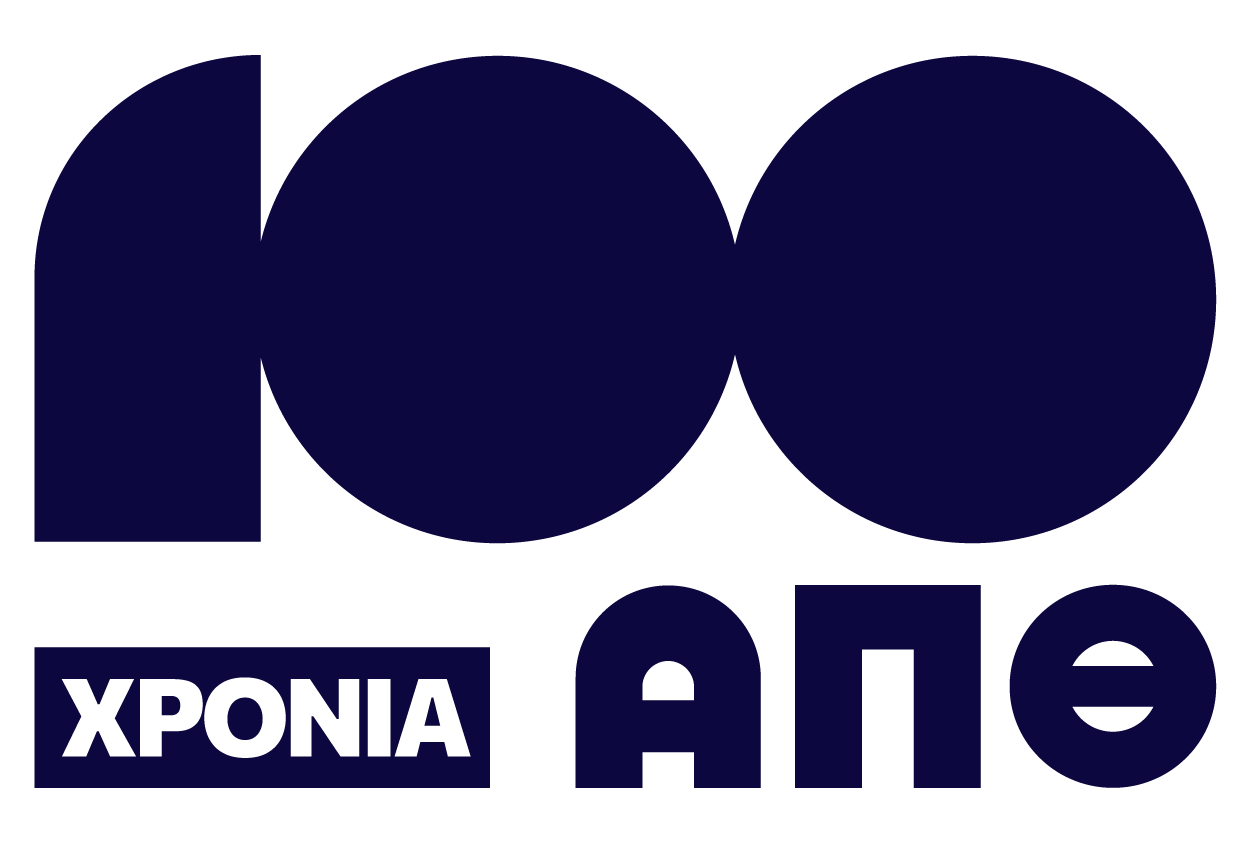
This course comprises Morphology and Syntax.
Regarding Morphology, it is presented from the standpoint of current linguistic theory. Initially basic concepts, such as morpheme, morph, allomorph, word and its morphological features are thoroughly analyzed. Moreover, the categorial, semantic and distributional force of the affix are exposed together with the major morphological processes, such as derivation and compounding. Word meaning and phonaesthemes, the mental lexicon and lexical entries, as well as issues of productivity and lexicalization, are thoroughly discussed. Additionally, word formation rules and their order as well as the notion of argument structure in Morphology are extensively commented. Examples and data are drawn from English, Greek and a variety of non-IE languages. The main aim of the first part of the course (i.e.
Morphology) is to provide students with the appropriate comprehensive introduction to the nature of word structure and the ways in which morphology interacts with the major fields of linguistics, such as Syntax, for example.
The Syntactic part of this course aims at introducing students to the syntactic description of English as well as syntactic theory. Based on data from English and other languages, students are urged to identify syntactic rules and generalizations and to apply knowledge of these rules to the description of particular sentences. A number of theoretical questions are raised and various tools of syntactic analysis are introduced. At the end of the course, students are expected to be in a position to evaluate sentences as to their well-formedness, to justify their analyses and to relate data to theory in a principled manner. Syntax is presented both as one part of linguistic competence and as one level of linguistic analysis. The overall aim is to provide an overview of the way linguistic analysis can approach the relationship between form and function in language in a principled manner.
This course replaced G-LSUD2ThLing200 (Γλ2-200Y), G-LSUD2Ling201 (Γλ2-201Y), G-LSUD1ThLing121 (Γλ2-121Υ)